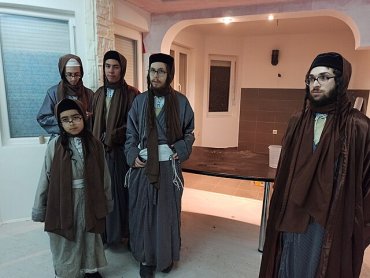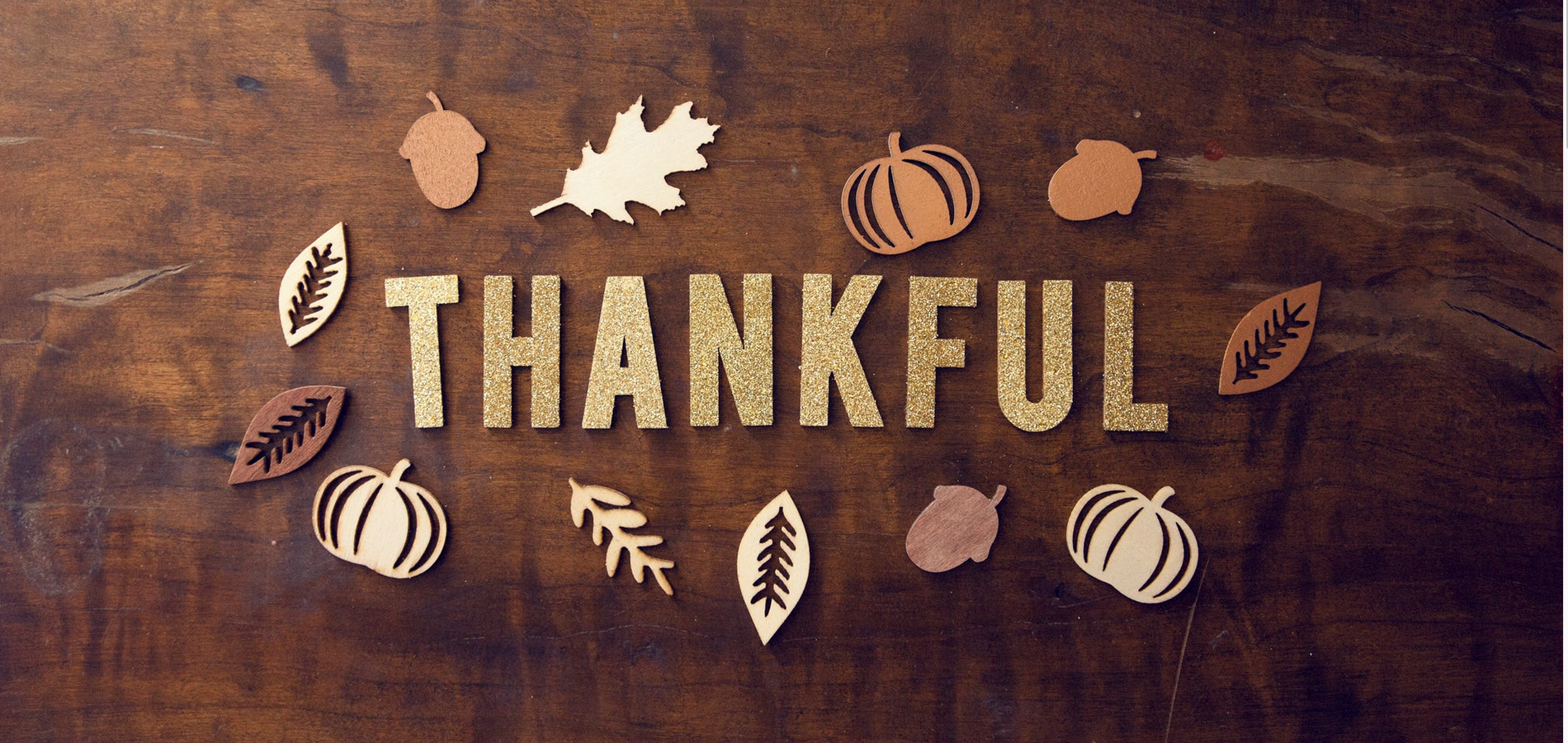
How Will Covid Affect Purim This Year?
Dear JITC-
How will Covid affect Purim this year?
Thank you,
Rachel E.
Dear Rachel E. –
“I am no prophet, nor am I the son of a prophet….” – Amos 7:14
In other words, “How should I know?”
Honestly, last Purim did any of us have any idea what Pesach would look like? Or Shavuos? Or Tisha b’Av? Or Rosh Hashana/Yom Kippur/Succos/Simchas Torah? Or Chanukah? So yes, this whole mess started around Purim last year, which kind of brings us full circle, but the pandemic isn’t on some Purim-to-Purim schedule that quits automatically upon reaching 14 Adar. (If only it were!)
Ironically, just last week (which was late January) my wife asked me what Purim would look like. I said, “Who knows? Maybe we’ll be back to normal by then.” She was shocked by the suggestion but I was just spit-balling. This year, Purim is an incredibly early February 26; usually it’s a month later. Silly me, I just assumed that we’d have a leap year with an extra Adar but apparently such is not the case. That extra month might have made a partial difference now that the vaccine is rolling out but without a second Adar, we’re for sure still going to be in lockdown.
So what will Purim look like? Turn your head to your left. Now swing it around to your right. That’s pretty much what Purim will look like this year, plus or minus what you make of it.
For some practical guidelines, I’d like to share the following, excerpted from the OU/RCA Purim Guidance for Shuls and Communities:
Those who have achieved immunity, including those fully vaccinated who have passed the subsequent waiting period as well as those who have recovered from the virus with a confirmed antibody response, may be able to return to some of their pre-pandemic activities. But public and communal practice and behavior, even for those fully vaccinated, should continue to reflect the standards of masking and social distancing until the pandemic is defeated to help the unvaccinated stay safe and contribute to the shared national project of saving every possible life.
The situation continues to evolve and varies significantly from region to region. As such, these recommendations and guidelines are formulated based solely on information and advice available as of February 2021. As always, shuls and communities should follow, at a minimum, the guidelines provided by local and national authorities, including the CDC and local health departments.
Regarding the celebration of Purim, we present the following guidance based on our Poskim Harav Hershel Schachter and Harav Mordechai Willig, שליט”א:
Megillah Reading: Shuls should conduct public davening and Megillah readings only with proper masking and social distancing, in accordance with local regulations and guidelines. As has been the case for many months, many shuls may find it necessary to create additional Minyanim to address capacity issues resulting from distancing requirements.
Generally healthy individuals should attend public Megillah readings as usual, where the community is exercising the proper precautions of social distancing and masking.
Those who are not currently ill but are not attending a public reading because they are deemed high risk should reach out to their Rabbi and community to help arrange a private Megillah reading.
Those who are ill or have had serious exposure and must remain in isolation must not come to shul. To fulfill the Mitzvah, they should have a kosher, hand-written Megillah in hand from which they read audibly, either on their own or assisted by a reading heard electronically.
The clear majority of Halachic authorities do not consider Halachically adequate a Megillah reading heard over the phone or online. There is however a minority opinion that does allow for this, provided that the reading is live, and not pre-recorded. Following the Halachic principle that we may rely upon minority opinions under extenuating circumstances, when no better option exists this minority opinion can be relied upon.
Seudas Purim: Purim meals and get-togethers must necessarily be limited due to the pandemic, social distancing requirements, avoidance of prolonged exposure, singing and dancing in enclosed spaces. For those who have not achieved immunity, the Purim Seudah would best be conducted within the family “bubble.”
Mishloach Manos: The Centers for Disease Control and Prevention (CDC) advise that cooking or preparing food and delivering it to someone, with a mask and proper social distancing, is a very low-risk activity. When delivering or receiving Mishloach Manos, visit and greet guests outside the home and leave the package on the front porch or outside the apartment door.
As noted, this is just an excerpt. I encourage you to read more at https://together.ou.org/
With my best wishes for a healthy and joyous Purim, as well as a speedy return to normalcy.
Sincerely,
Rabbi Jack Abramowitz
Educational Correspondent
Follow Ask Rabbi Jack on YouTube
If you found this content meaningful and want to help further our mission through our Keter, Makom, and Tikun branches, please consider becoming a Change Maker today.







